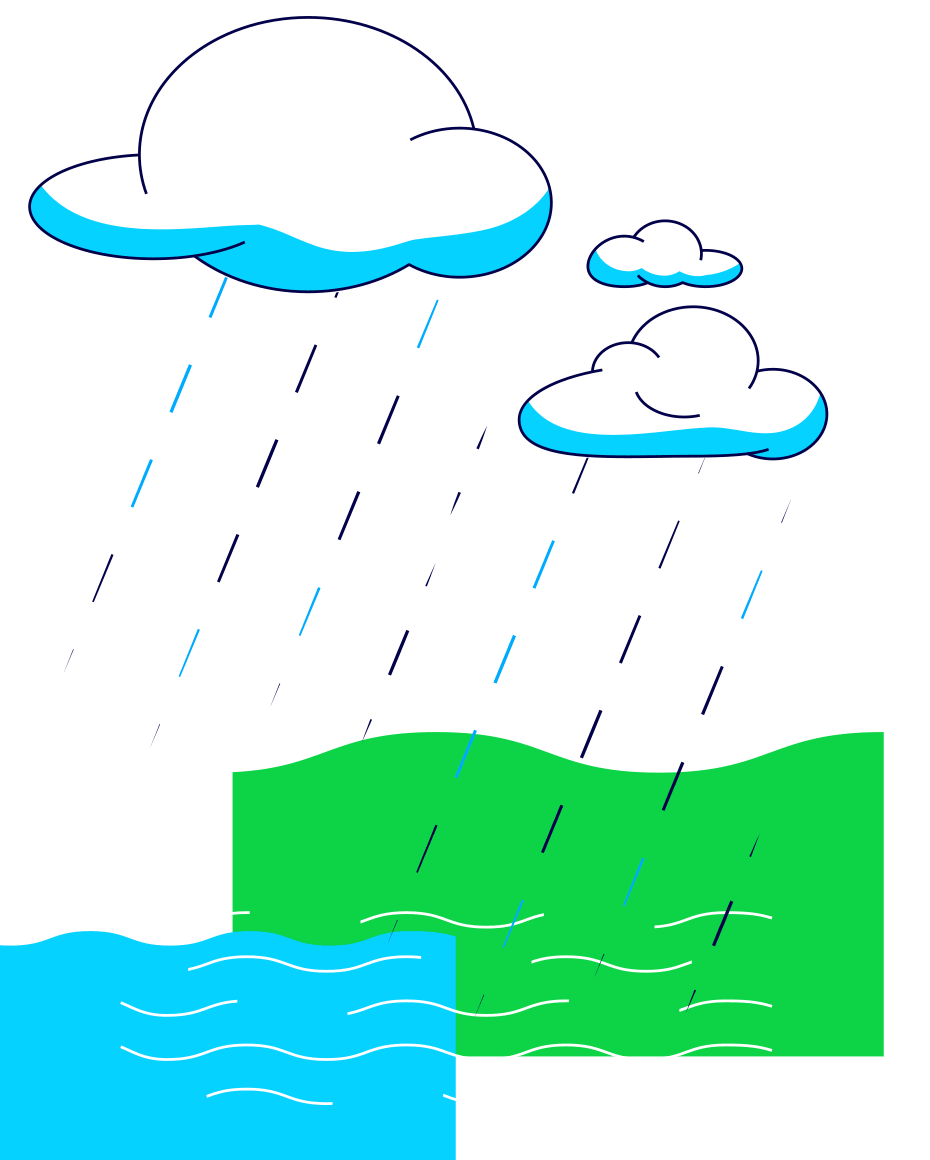Localised or flash flooding
Flash floods happen when an exceptional amount of rain falls in a very short time. Heavy rainstorms can mean that drainage systems and sewers fill to capacity very quickly, and then ‘over-top’.
Flash flooding can be a major problem if the weather has been very dry for some time, as the land becomes hard and can’t absorb the rain. Rainwater can then run off the land and lead to serious flooding.
Flash flooding can be very localised, but it can do as much damage as flooding from rivers or other watercourses. Localised flooding can also happen after a period of prolonged rainfall, when the ground becomes saturated and unable to absorb any more water.
Flash flooding can also be made worse when the capacity of small watercourses is reduced by blockages of rubbish. To help avoid this, people who own or manage land next to watercourses are encouraged to keep those watercourses clear of debris that might cause problems further downstream.
Flash flooding can happen suddenly. It is important to know what signs to look for in your location so you can ACT FAST. Those signs are:
- heavy rain or severe weather reports
- rising water levels with churning dark water
- a build-up of debris in rivers or streams
Climate change and an increase in thunderstorms means that flash floods are more and more likely to happen. Flash floods are extremely destructive, so being prepared could save property, belongings and even lives.








